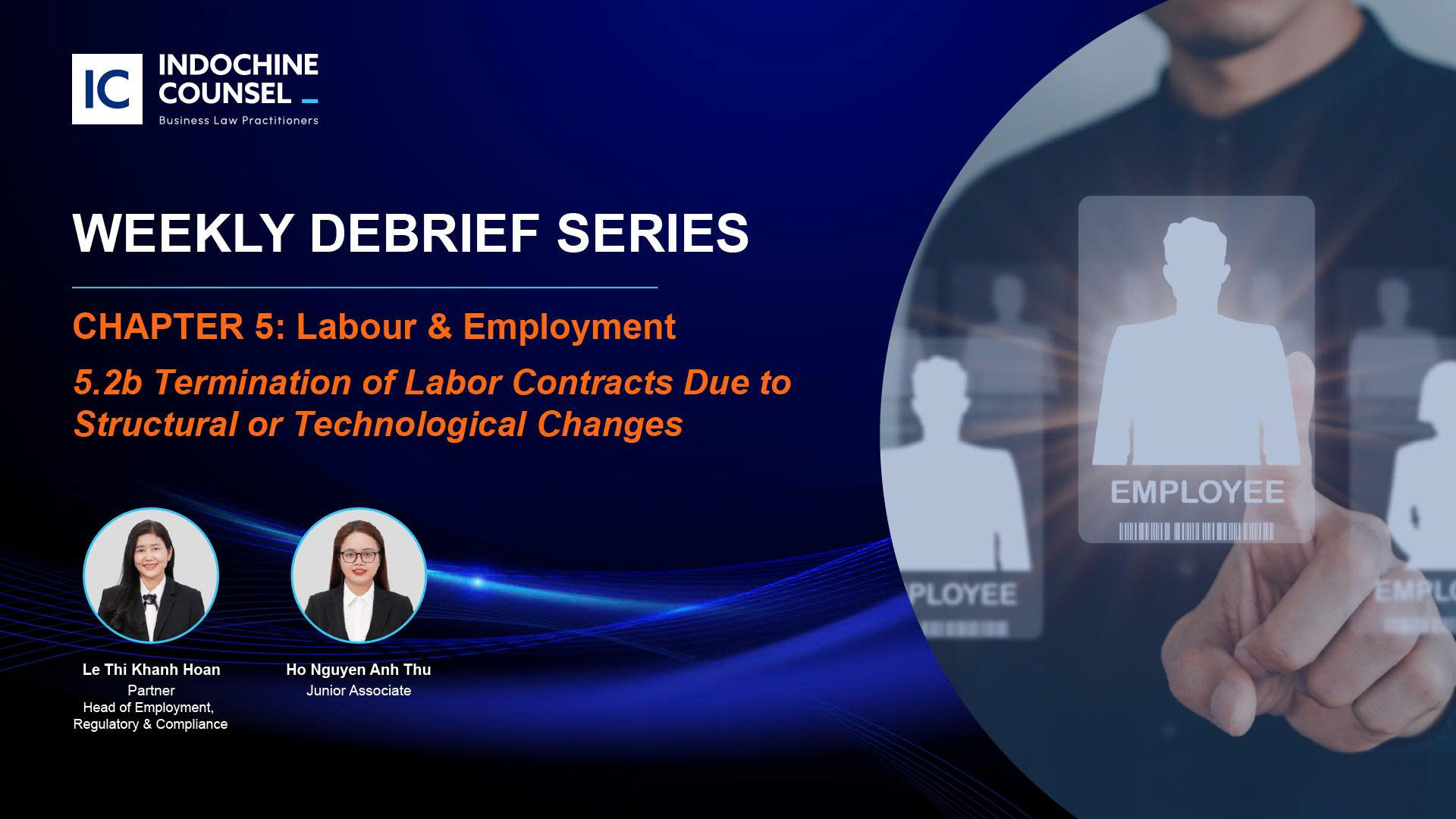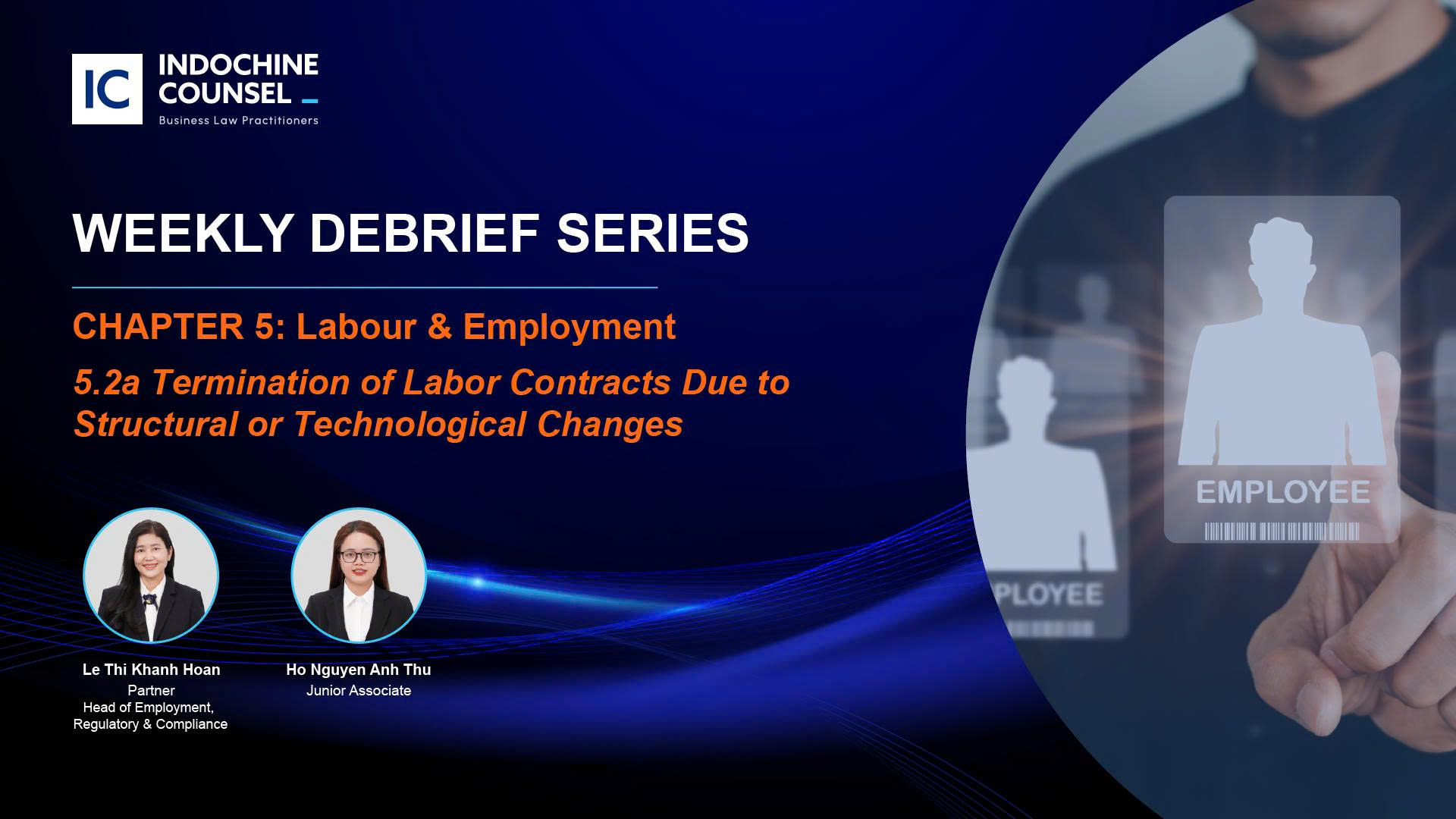
Introduction
Most local enterprises and FIEs in Vietnam raise capital through hybrid financing (equity financing and debt financing). As part of this scheme, loan capital raised from internal entities (e.g. parent company, shareholders, investors) and/or external entities (e.g. credit institutions, banks, company’s partners) plays an important role in financing a business’s operation and growth. In practice, it is common for enterprises to mobilize loan capital via cross-border lending transactions from offshore entities.
Due to the fact that the majority such loans are inward lending transactions, cross-border lending transactions in Vietnam are generally referred to as foreign/offshore loan transactions, in which the loans are provided by offshore lenders (non-resident) to onshore borrowers (resident). Within the scope of this guide, we provide an overview of the regulations as well as highlight particularly important issues, of which both foreign lenders and local borrowers should be aware of when entering into a foreign loan transaction in Vietnam.













